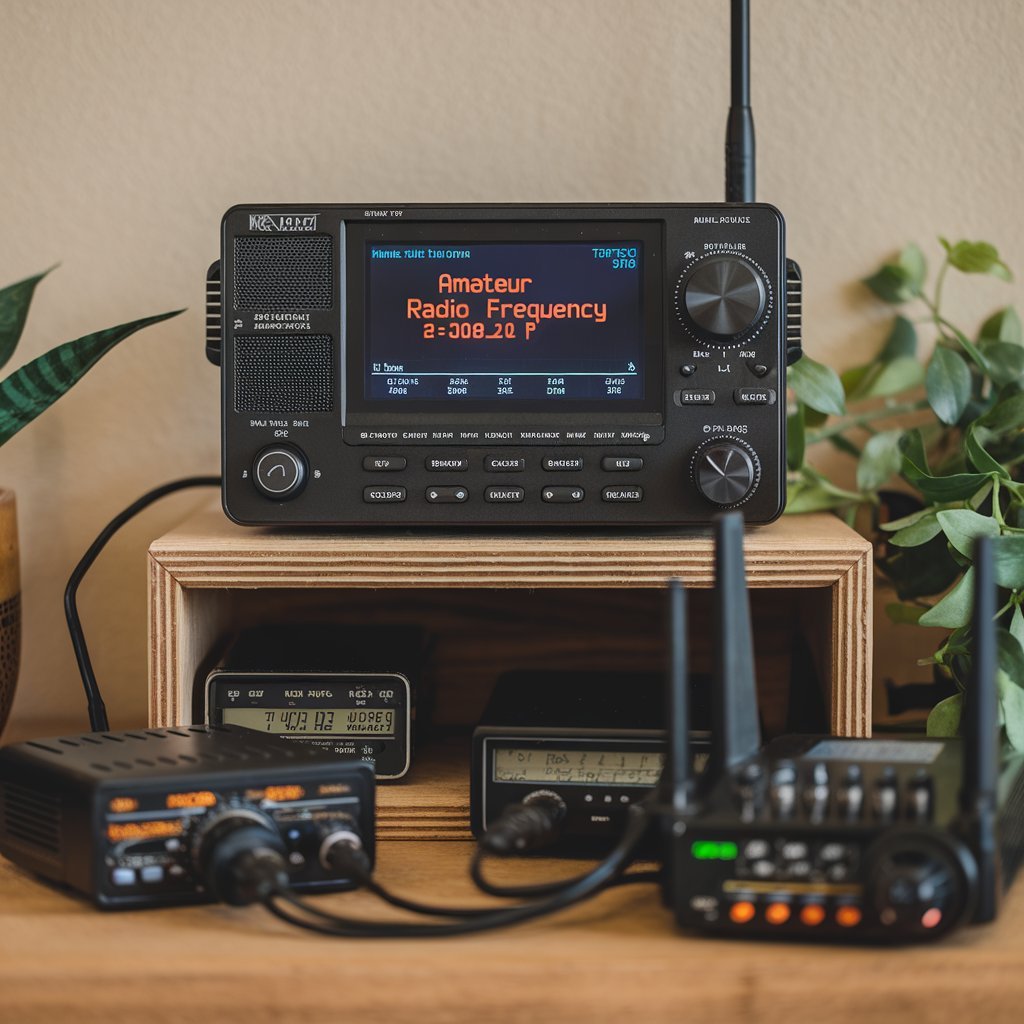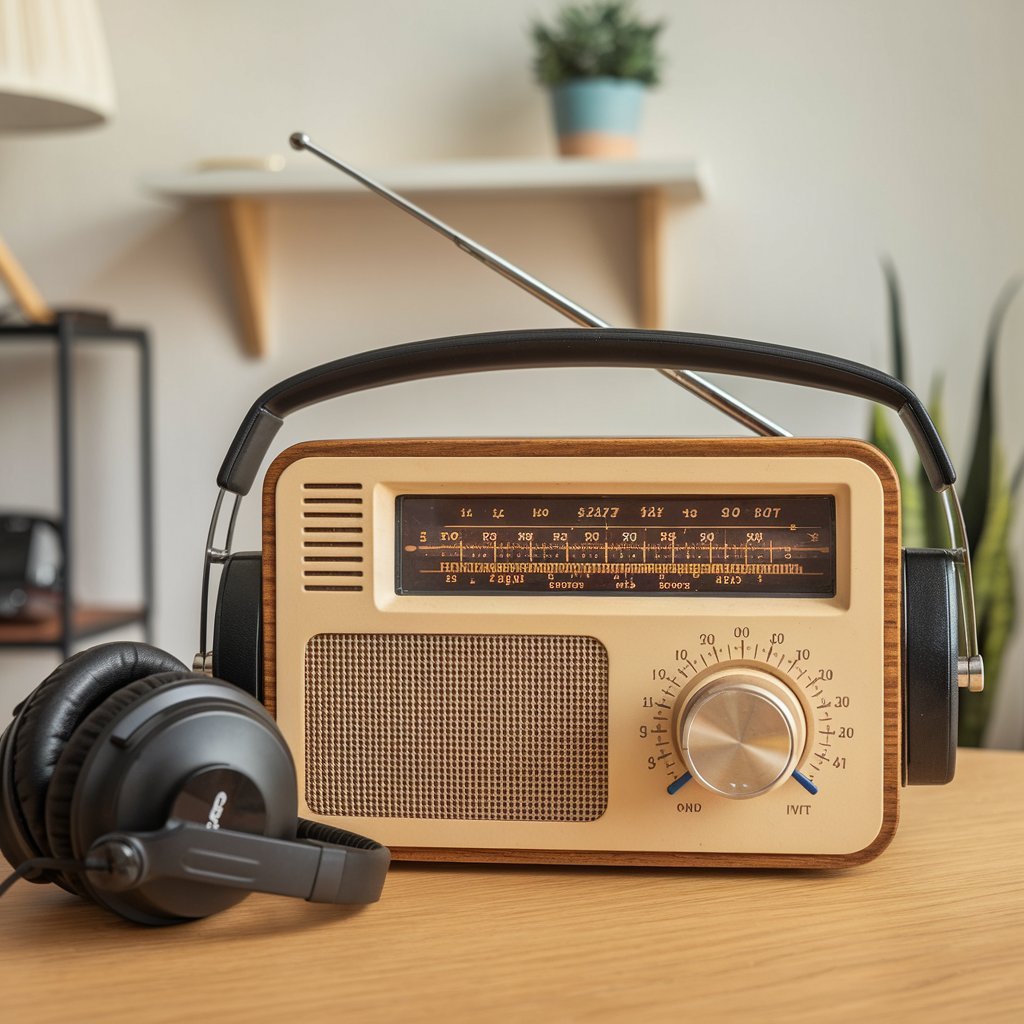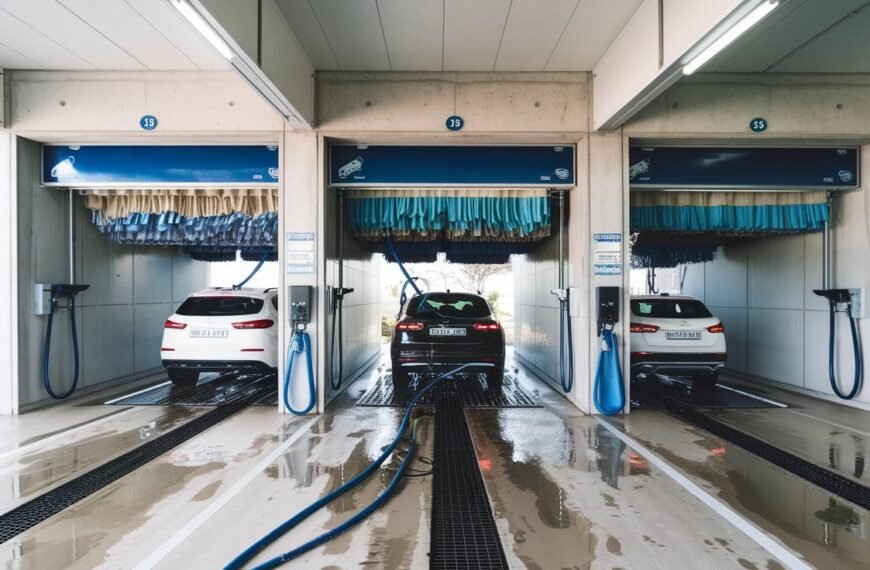You might be wondering, what is a ham operator? Amateur radio enthusiasts, widely known as “hams,’ are important people who help develop communication channels for emergencies, community networks, and much more. In Malaysian tanjung malim radio amatur frequency, these enthusiasts play a critical role in connecting people and enhancing communication in the country and globally. This paper serves the purpose of explaining the Tanjung Malim amateur radio frequency for the readers and provides in-depth coverage of its use, rules, and advantages for radio hobbyists. All the necessary information regarding how to operate in Tanjung Malim, whether as a beginner or as an expert ham operator, will be provided through this detailed guide.
What is Radio Amatur, and why is it popular in Tanjung Malim?
Amateur radio, the practice of using specific frequencies for personal communications, has gained popularity in Malaysia. Electronics hobbyists, or hams, as they are popularly known, utilize radios to internationally practice and learn about radio technology and its advancements.
Located within the Perak state of Malaysia is tanjung malim radio amatur frequency—a serene town that has, albeit, popularity among amateur radio enthusiasts. The combination of agricultural areas and technological advancement allows Tanjung Malim to be at the forefront of robust amateur radio activities and supporting infrastructure. Tanjung Malim also attracts attention because of its commitment to national communications exercises and participation in emergency communication activities for humanitarian support.
Understanding Tanjung Malim’s Radio Amateur Frequency
What is a radio amateur frequency?
Amateur radio frequencies specify a range of tanjung malim radio amatur frequency set aside for amateur radio operators for communication purposes. These frequencies are established by international agreements and regulations and are controlled by the International Telecommunication Union (ITU) and the Malaysian Communications and Multimedia Commission (MCMC). In Malaysia, these frequencies are regulated by the Malaysian Communications and Multimedia Commission (MCMC).
ped into several other bands that allow voice communication (phone), data communication (digital modes), and use of There is an active amateur radio community in the area that frequently engages in personal utilization, experimentation, and emergency services communications.
vices communications.

The Role of Frequency in Amateur Radio
tanjung malim radio amatur frequency allocated by regulating bodies like the Malaysian Communications and Multimedia Commission (MCMC). Regulatory bodies like the Malaysian Communications and Multimedia Commission (MCMC) allocate specific frequencies within the radio spectrum for amateur operations, balancing access and interference.
In Tanjung Malim, these frequencies allow hobbyists to develop their craft while staying within the laws of the area. A licensed amateur operator in this region can enjoy making international friends, experimenting with signals, and even trying out for different contests or emergency networks.
Tanjung Malim’s radio amateur frequency is explained.
To those intrigued by the role of tanjung malim radio amatur frequency in the world of amateur radio, the area mainly works within Malaysian frequency allocations for amateur radios. The International Telecommunication Union (ITU) Region 3, which covers Asia and the Pacific, classifies these frequencies.
Common Amateur Frequency Bands in Malaysia
Below are the main amateur radio bands permitted in Malaysia, which are relevant to Tanjung Malim radio operators:
Tanjung Malim-Specific Activities
The entire area near Tanjung Malim is particularly active in the 2-meter band (144–148 MHz) range; this spectrum enjoys widespread favor due to accessibility and reliability. Nearby repeater stations provide greater communication clarity for local amateur operators.
Licensing for Amateur Radio Enthusiasts in Tanjung Malim
Amateur radio activities in Malaysia, specifically in tanjung malim radio amatur frequency, require a license from the Malaysian Communications and Multimedia Commission (MCMC). The purpose is so the operators follow the rules and do not disrupt essential communication systems.
Types of Licenses
In Malaysia, there are two main types of licenses: Class A
is meant for operators with adequate experience and allows wider access to HF (high frequency) bands.
Class B License: It is usually meant for novices and permits operations significantly within the bands VHF and UHF.
At Tanjung Malim, the majority of the participants are hobbyists who begin with a Class B license and work towards proficient handling of Class A operations.
Getting a license
To obtain a license, the MCMC organizes tests for hopeful operators. Technical skill in radio work encompasses activities such as frequency management, equipment operation, and equipment repair.
Technical aspects of Tanjung Malim’s radio amateur frequency
Repeater Stations: Extending Reach
Several repeater stations also serve Tanjung Malim, aiding in local communications. Repeaters increase weak signals and enable distant operators on the same band to communicate with one another without line-of-sight obstacles.
Common repeater frequency:
VHF (2 meters): Approximate The frequency range is between 145.000 MHz and 146.000 MHz.
Generally 430.000 MHz – 439.000 MHz.
Propagation in Tanjung Malim
Tanjung Malim’s location and climate contribute to improved HF propagation being available at certain specific times; long-distance signals are received best in the morning and evening, while VHF/UHF operations perform better with a clear sky and an elevated position for the antennas.

Top Tips for New Amateur Operators in Tanjung Malim
Engage with Local Community: MARES has clubs such as the Malaysian tanjung malim radio amatur frequency Emergency Service, which can offer unrivaled assistance and access to mentors.
Familiarize Yourself with Communication Terms: Make sure to follow the international Q-codes and clear your voice when necessary.
Get decent-quality gear: Quality Gear: A good-quality entry-level transceiver is a Baofeng UV-5R or an ICOM IC-705, making it an ideal piece of equipment for Class B operators.
Propagation: When signals travel, they change based on different factors such as frequency, geography, and even weather conditions. Understanding this is crucial.
Community Connections in Tanjung Malim
A prominent aspect of ham radio is its capability to create connections within a community. For example, in Tanjung Malim, amateur radio operators frequently organize gatherings, workshops, and lessons for budding operators. Such collaborative efforts exchange ideas to maintain a culture of learning.
dio operator also plays a significant role in the emergency communication of Malaysia when traditional communication systems break down during floods and other disasters.
How to Enhance Your Radio Setup in Tanjung Malim
Having an amateur radio station both at home and in Tanjung Malim requires careful planning. Below are ways to maximize your setup:
Invest in the Most Appropriate Antenna: There are Yagi, dipole, or vertical antennas for different frequency bands.
Establish a Stable Power Supply: Numerous operators in Tanjung Malim buy additional power supplies to remain functional even during blackouts.
Play Around With Software: SDRs offer advanced settings that improve your overall experience.
Attempt FT8 or DMR to explore new-age amateur radio techniques while connecting with a wider audience.
The Regulatory Framework in Malaysia
Apart from the above, MCIn addition to the above, MCMC imposes the following restrictions on amateur radio Ch0 (2m) talk groups in the Tanjung Malim area.
Amateurs with valid licenses should only use it.
Avoid exceeding power limits on specific bands (watts).
Do not utilize amateur frequencies for commercial or individual profit.
Subscribe to MCMC for updates on possible changes in the regulations.
Following the instructions The instructions provided above will prevent any legal implications, such as monetary penalties or license loss.
a Growing Hub for Amateur Radio
These factors make Tanjung Malim a perfect place for beginners in the radio world because of its picturesque districts of Perak and the charm of a maturing community. Add to this the not-so-live ambiance and a local community of amateur radio operators, and Tanjung Malim provides an excellent setting for hobbyists.
operators can always find something to do here, as they organize amateur competitions and try to break boundaries with satellite communications.
FAQs
What amateur radio bands are available in Tanjung Malim?
In Tanjung Malim, amateurs mainly work the local 2-meter band (144–148 MHz) and the 70-centimeter band (430–440 MHz). For DX, 20 meters (14 MHz) is also popular.
How do I start amateur radio in Tanjung Malim?
You can start with a lock. Join a local amateur club, invest in basic equipment, and apply for a Class B license from MCMC.
Start as a beginner amateur radio hobbyist.
You should start with relatively inexpensive equipment such as basic handheld transceivers like the Baofeng UV-5R, basic antennas, and a reliable power source. You may, later on, upgrade to more expensive RIGS and add-ons.
Does Tanjung Malim offer amateur radio clubs?
Yes, local enthusiasts usually work together with clubs such as MARES and other associated regional groups for skill and emergency preparedness.
Is it legal to use amateur radio in disaster scenarios in Tanjung Malim?
Yes, when most communication methods are unavailable, emergency communication support relies on trusted licensed operatives to assist.
In MIS, is it correct that an operator’s license is required for usage in Malaysia?
MCMC requires them to hold either a Class A or Class B license, depending on their level of expertise.
Conclusion
Amateur radio is not only a pastime; it’s a community, a means of acquiring new skills, and an essential resource for help during emergencies. While using amateur radio frequencies, the people of Tanjung Malim can make international connections and boost local communication networks at the same time.
The people of Tanjung Malim need not micromanage their radio enthusiast followers by implementing regulations and licensing them, provided that the rest of the customers and users of the ham radio service comply with the simple items that contribute to the service’s inefficiency. This is an overcrowded hobby, but now is the perfect time for buyers to join this historic town and the newly emerging ham radio community!








